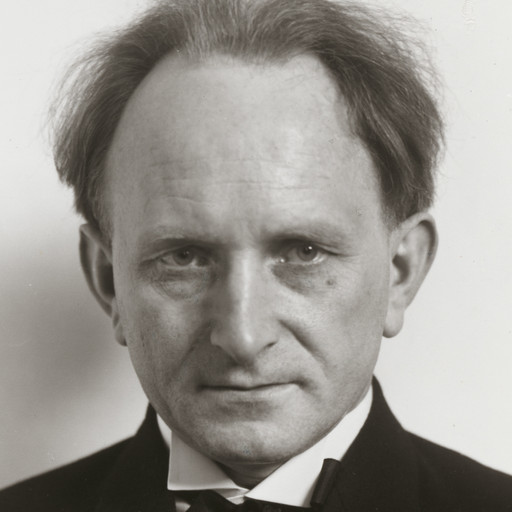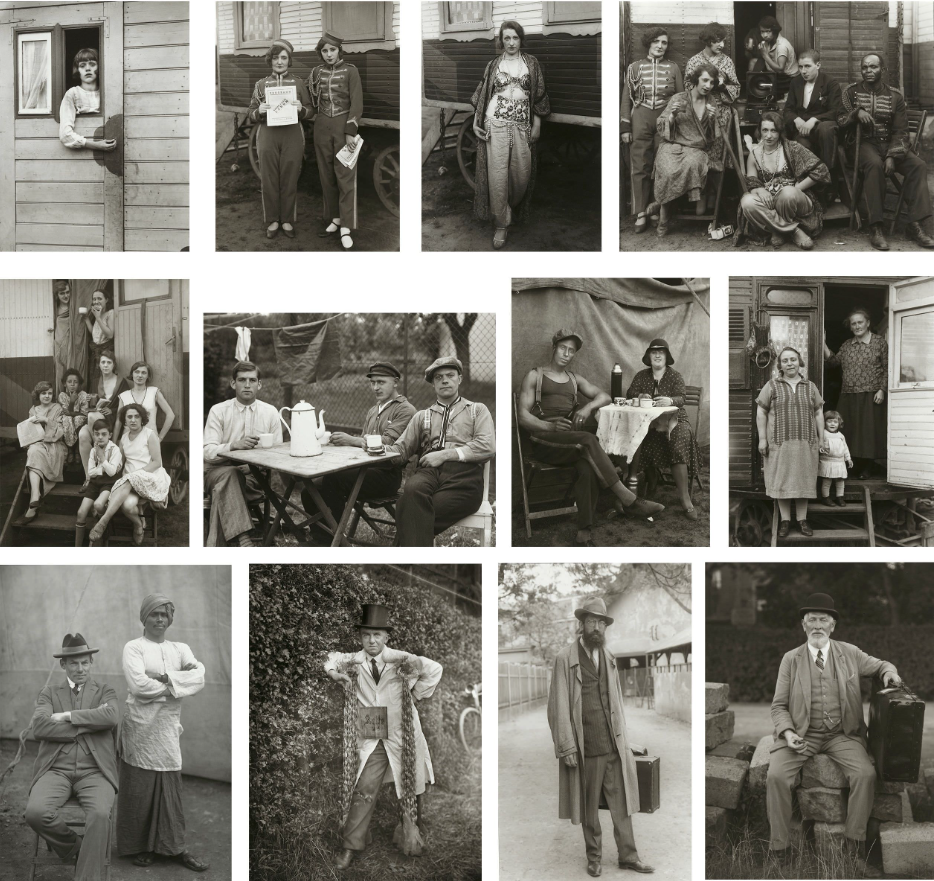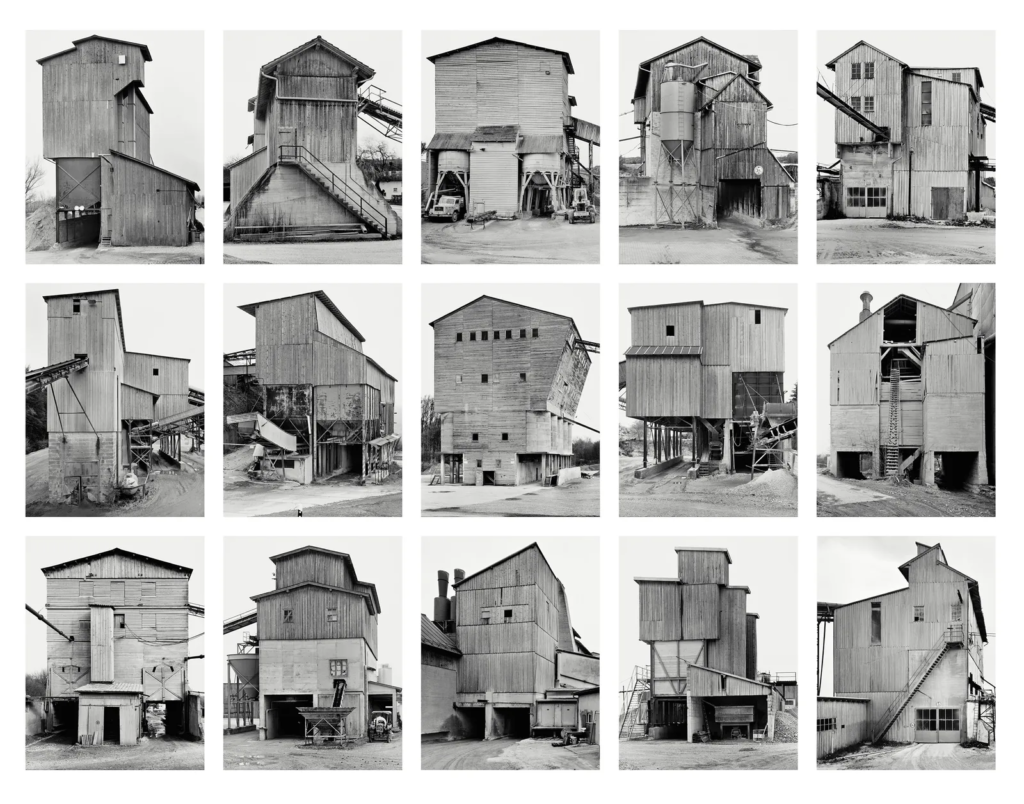Who was he?
August Sander was a German portrait and documentary photographer. His first book Face of our Time was published in 1929. Sander has been described as “the most important German portrait photographer of the early twentieth century”.

People of the Twentieth Century
He began his decades-long project People of the Twentieth Century. Though Sander never completed this exceptionally ambitious project, it includes over 600 photographs divided into seven volumes and nearly 50 portfolios. The seven volumes Sander used as his organizing principles were The Farmer, The Skilled Tradesman, The Woman, Classes and Professions, The Artists, The City, and The Last People.
The photographs from this project are mostly black-and-white portraits of Germans from various social and economic backgrounds: aristocrats and gypsies, farmers and architects, bohemians and nuns. The portraits often include familiar signifiers (a farmer with his scythe, a pastry cook in a bakery with a large mixing bowl, a painter with his brushes and canvas, musicians with their instruments, and even a “showman” with his accordion and performing bear), but sometimes the visual clues to a subject’s “type” are not so obvious, leaving the title of the work and its placement in one of Sander’s categories to illuminate the subject’s role. The titles Sander assigned to his photographs do not reveal names, and capture one of the project’s many contradictions: Each photograph is a portrait of an individual, and at the same time an image of a type. Several subjects even reappear in different roles, which reveals an inherent flexibility that persists throughout the project.

Typologies
A photographic typology is a single photograph or more commonly a body of photographic work, that shares a high level of consistency. This consistency is usually found within the subjects, environment, photographic process, and presentation or direction of the subject and visually explores a theme or subject to draw out similarities and differences for examination.
Typology is a type of photograph which had its ultimate roots in August Sander’s series of portraits in 1929, titled “Face Of Our Time”. The term ‘Typology’ was first used to describe a style of photography when Bernd and Hilla Becher began documenting old and broken down German industrial architecture in 1959.
August Sander’s typologies

Bernhard and Hilla Becher’s typologies


The artists’ most immediately recognizable work, the typologies group several photographs of a single category of industrial structure, such as cooling towers or blast furnaces. Presented together in a grid, subtle variations emerge among these homogeneous structures.